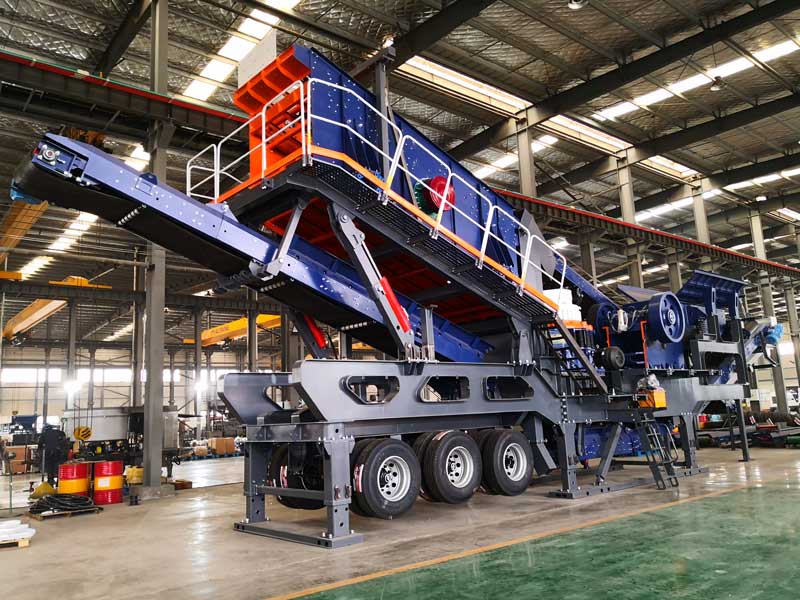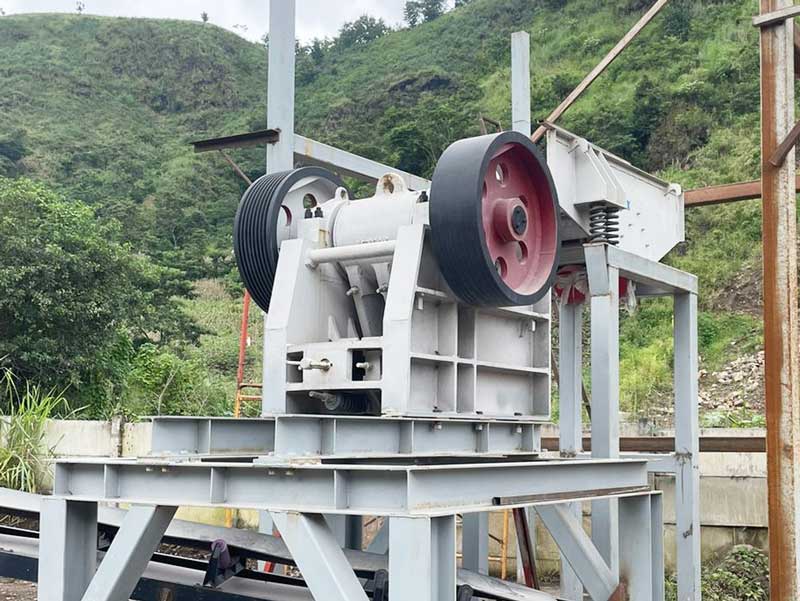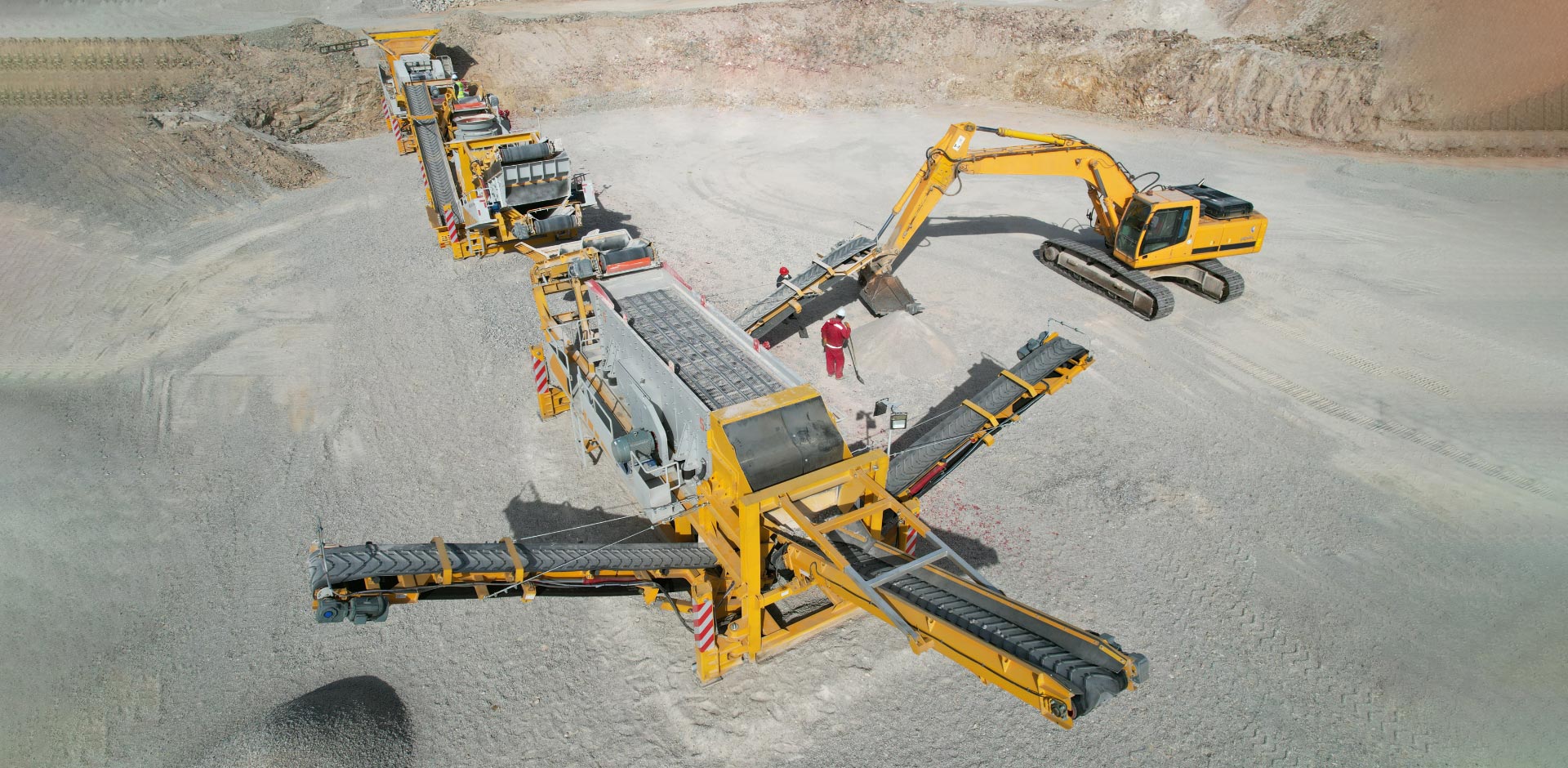Rising energy prices, increasing labor costs, and stricter environmental regulations are putting pressure on the operational efficiency of crushing facilities. Whether it’s a fixed installation or a mobile stone crusher plant, minimizing long-term costs has become a strategic priority. One of the most effective ways to achieve this is through targeted equipment upgrades. In this article, we’ll explore how modernizing key components of a stone crusher plant—from the jaw crusher to control systems—can reduce both operating expenses and maintenance burdens while ensuring productivity and equipment longevity.
Understanding the Cost Structure of Stone Crusher Operations
The stone crusher price(precio de trituradoras de piedra) is only the beginning of the total cost of ownership. Over the lifecycle of a crushing plant, ongoing expenses such as fuel, electricity, spare parts, wear components, labor, and unplanned downtime significantly impact profitability. Maintenance alone can account for up to 30% of total operational costs if not managed efficiently.
Frequent breakdowns, inefficient energy consumption, and obsolete automation systems increase not only repair expenses but also opportunity costs from production losses. Upgrading equipment components strategically addresses these pain points and delivers measurable returns in the long run.

Key Equipment Upgrades That Cut Long-Term Costs
1. Upgrading the Jaw Crusher for Higher Efficiency
The jaw crusher is often the first stage in a stone crusher plant(planta trituradora). Modern models come with improved wear part design, optimized crushing chambers, and better power utilization. By replacing an older jaw crusher with a new high-efficiency model, operators can:
- Reduce power consumption by 15–25%
- Lower wear rates on plates and liners
- Increase throughput with the same footprint
Less wear translates to fewer maintenance shutdowns and extended service intervals. These improvements can collectively lower maintenance costs and increase operational uptime.
2. Investing in Automated Lubrication Systems
Manually lubricating critical components such as bearings and shafts is time-consuming and often inconsistent. Automated lubrication systems eliminate human error by delivering precise amounts of lubricant at regular intervals. This prevents premature wear and reduces the need for frequent part replacement.
Many modern mobile stone crusher plant units come with factory-installed auto-lube systems, but they can also be retrofitted into older equipment. In the long term, this upgrade saves labor costs and significantly lowers the risk of mechanical failure due to poor lubrication.
3. Implementing Smart Control and Monitoring Technology
Digitally connected control systems can monitor temperature, vibration, load levels, and motor health in real time. With this data, operators can perform predictive maintenance rather than reactive fixes, reducing unexpected downtime and avoiding catastrophic failures.
For example, if a motor in the primary crusher is running hotter than usual, the system can trigger an alert before it burns out. This not only prevents expensive repairs but also helps maintain consistent throughput and product quality.
4. Energy-Efficient Motors and Drives
Crushing operations are energy-intensive, and inefficient motors are a major source of waste. Upgrading to high-efficiency motors with variable frequency drives (VFDs) allows for smoother startups, lower power consumption, and better control over production rates.
In a large stone crusher plant, switching to VFD-equipped motors across conveyors, crushers, and screeners can reduce overall energy costs by up to 20%, which adds up significantly over years of continuous operation.

How Mobile Stone Crusher Plants Benefit from Upgrades
Mobile stone crusher plant(Planta chancadora movil) units often operate in harsh and variable environments. Upgrading equipment in mobile systems not only ensures smoother performance but also reduces the need for frequent transport back to maintenance facilities.
For instance, reinforced frames and upgraded track systems improve durability on rough terrain. Hydraulic lift systems allow for easier repositioning of components, cutting down labor time. Additionally, modular spare part kits make repairs quicker and reduce the risk of extended downtime on remote job sites.
Lifecycle Cost Savings Through Preventive Maintenance
Upgrades that support preventive maintenance can reduce lifecycle costs dramatically. These include:
- Wear-resistant materials in chutes and hoppers to avoid frequent replacements
- Sealed bearings and dust-proof housings to extend part life
- Real-time diagnostics that schedule service when it’s actually needed
By addressing minor issues before they escalate, plant operators avoid production halts and costly repairs. Preventive maintenance strategies supported by equipment upgrades have been shown to reduce annual maintenance costs by up to 30% in heavy-duty crushing environments.
Improving ROI Without Compromising Performance
While equipment upgrades do require initial capital, the return on investment becomes clear when examining the reduced maintenance frequency, minimized unplanned downtime, and lower operating costs. For example, replacing outdated motors with energy-efficient alternatives may result in a 10–15% increase in stone crusher price, but the payback period is often less than two years based on energy savings alone.
Similarly, upgrading a primary jaw crusher(chancadora de quijada) might cost more upfront, but improved reliability, faster cycle times, and longer wear life quickly make up for the expense.
Conclusion
Long-term operation and maintenance costs can make or break the profitability of a stone crusher plant. Strategic equipment upgrades—ranging from smarter automation to energy-efficient motors and redesigned wear components—deliver clear economic benefits. Whether operating a fixed plant or a mobile stone crusher plant, investing in modern, durable, and intelligent equipment transforms short-term expense into long-term savings. With technology evolving rapidly, now is the time to consider how upgrading your crushing equipment can lead to a leaner, more sustainable, and more profitable operation.
